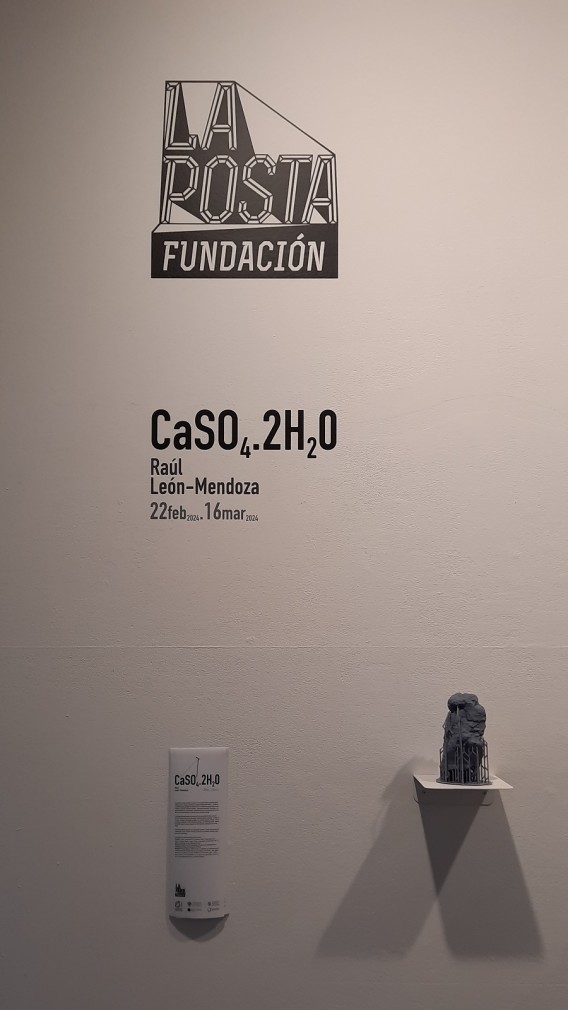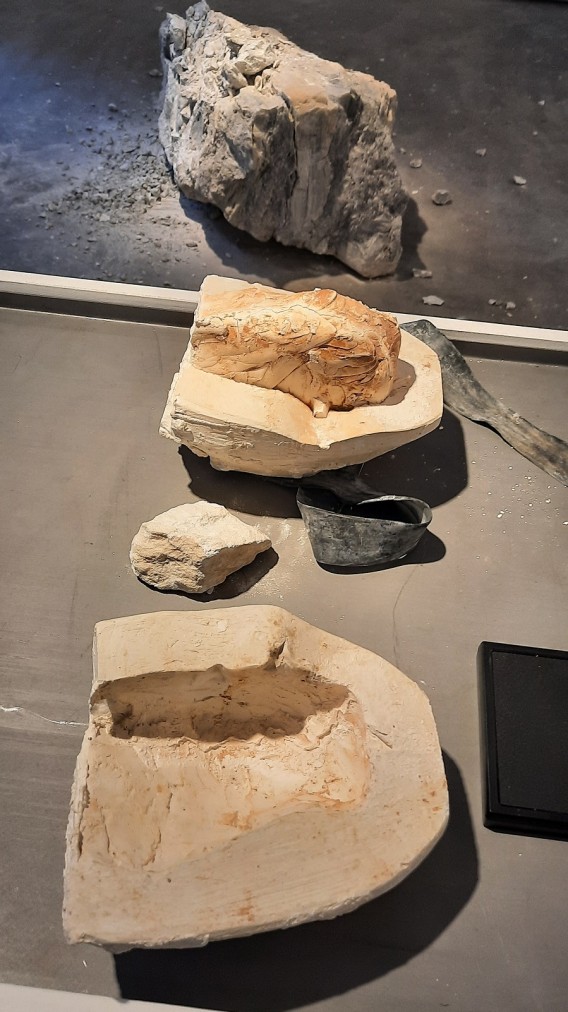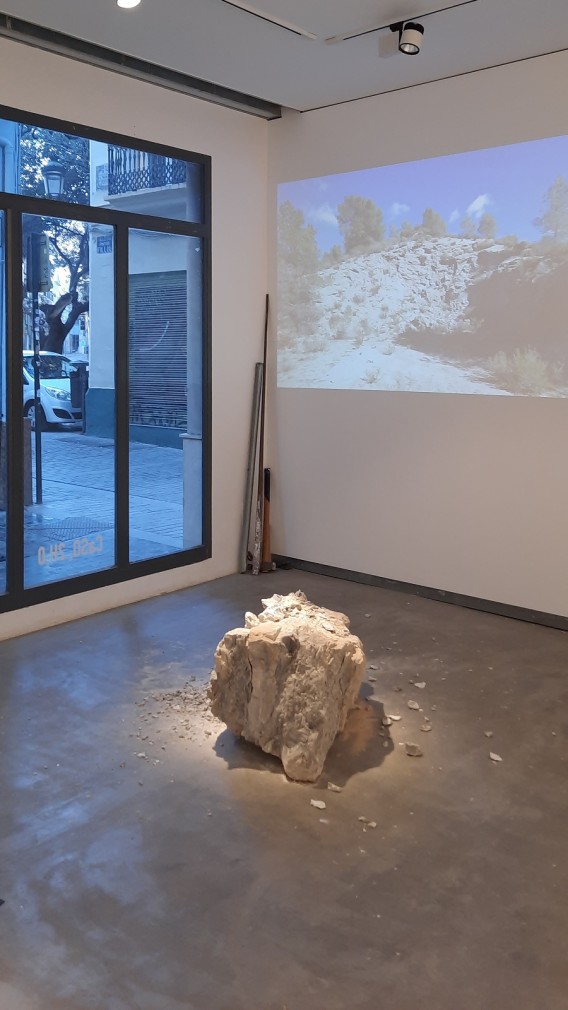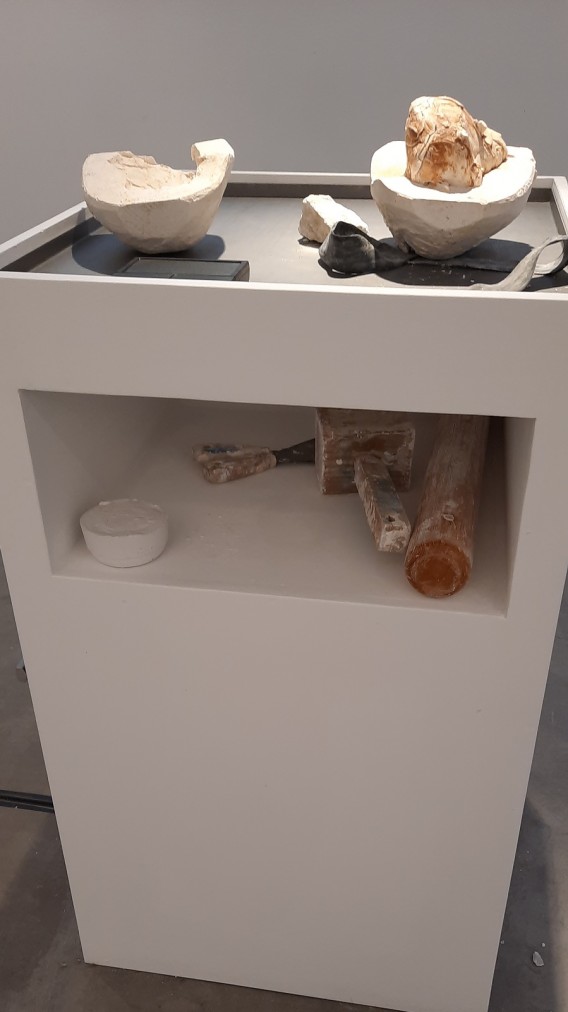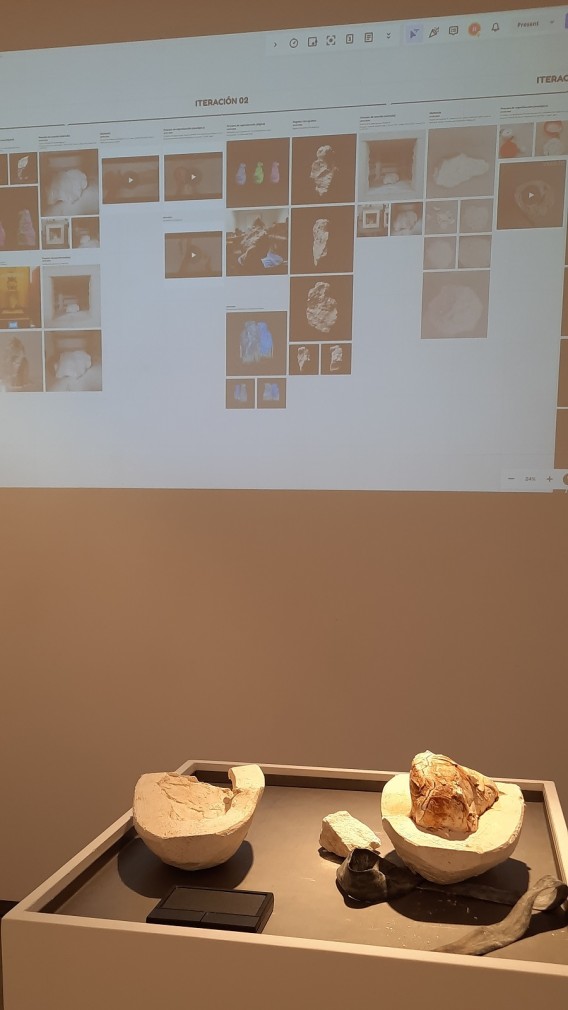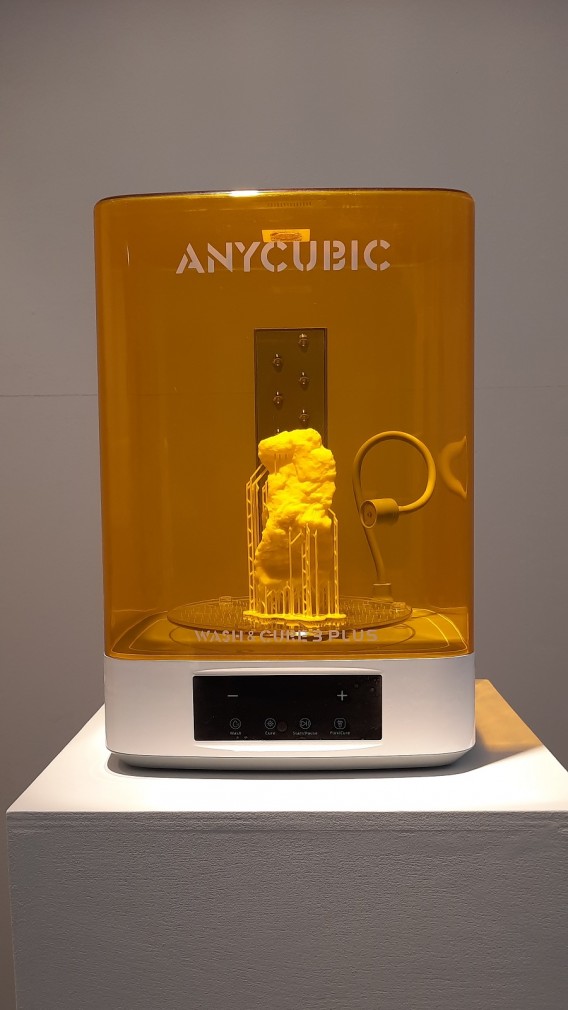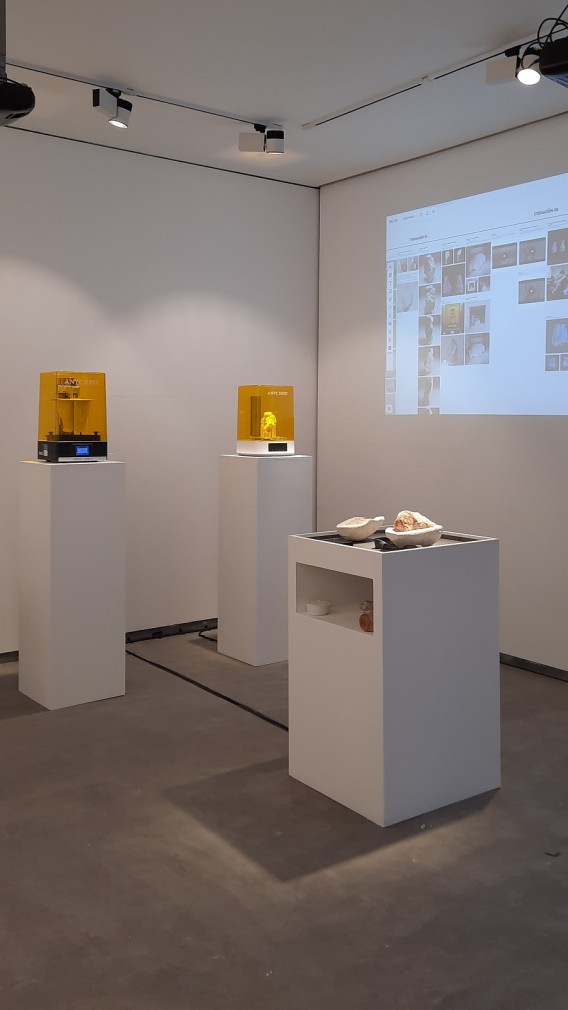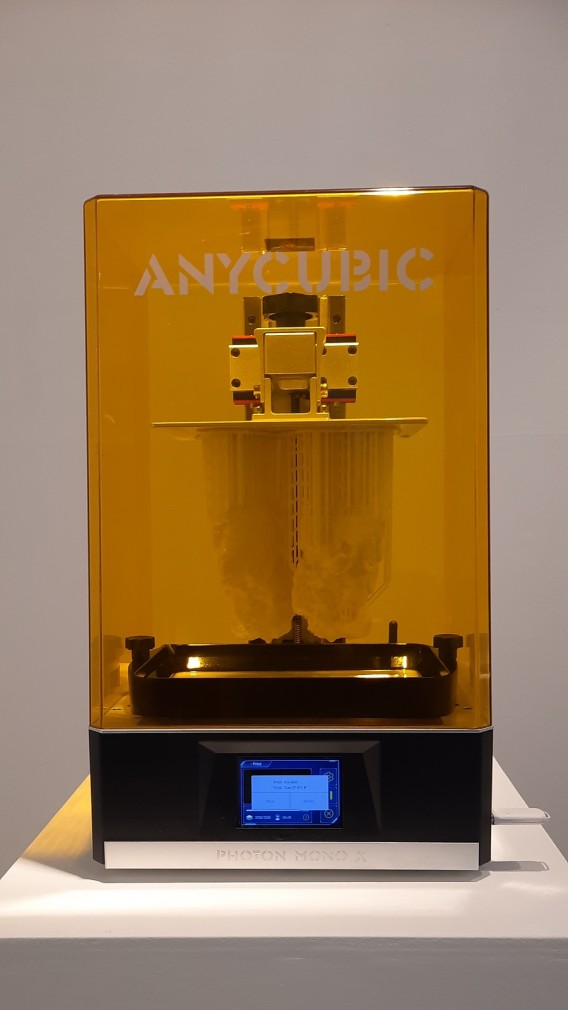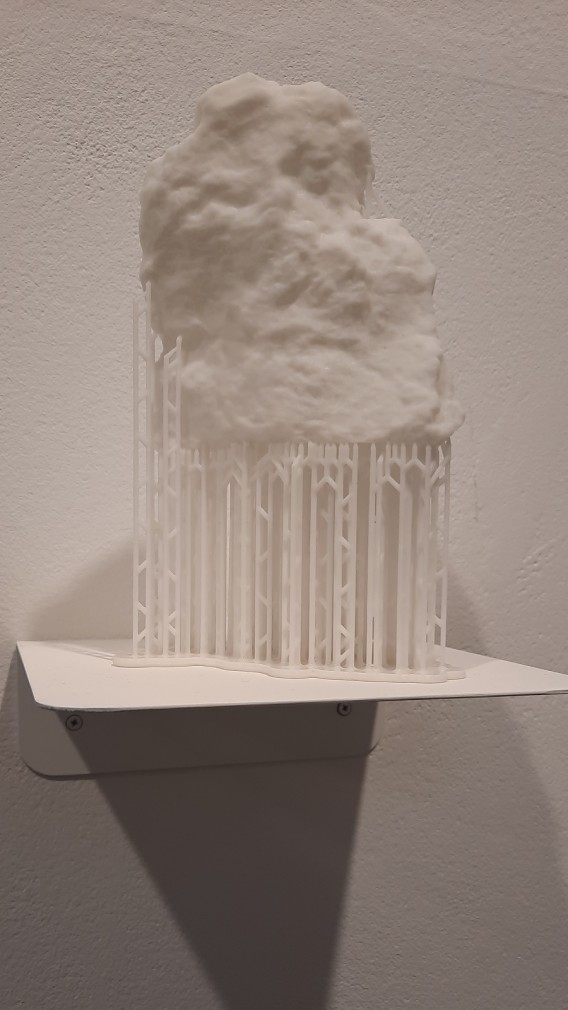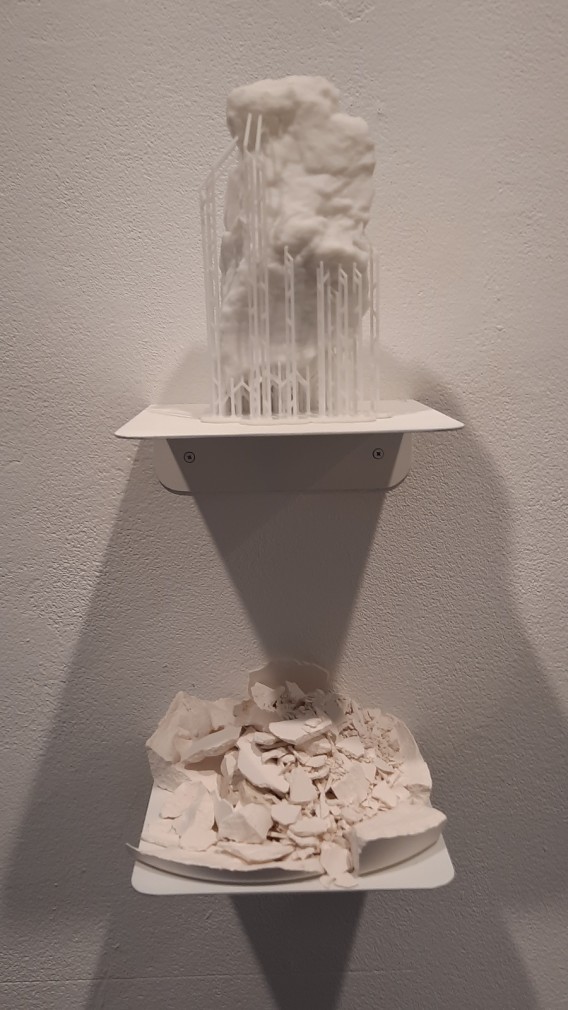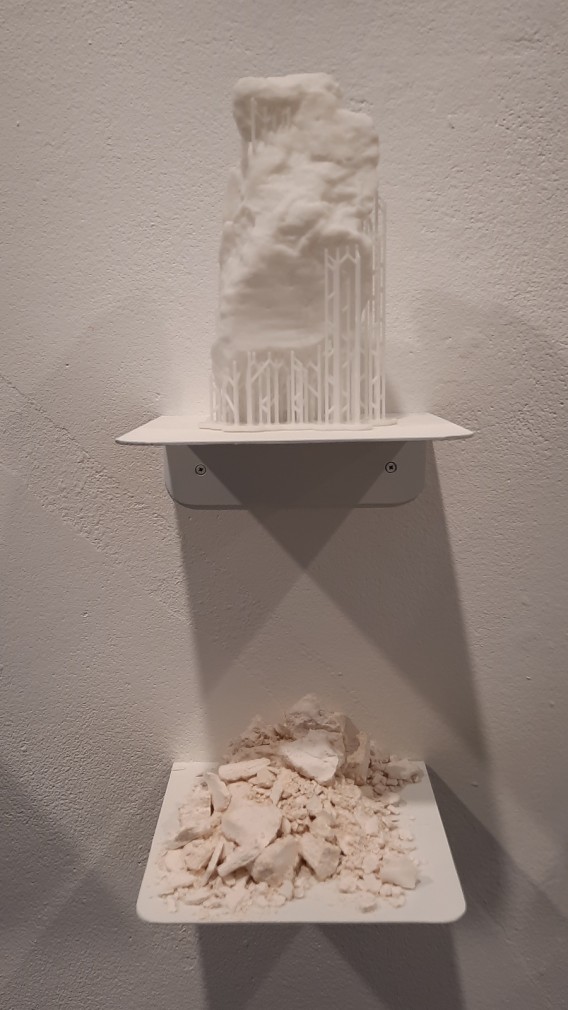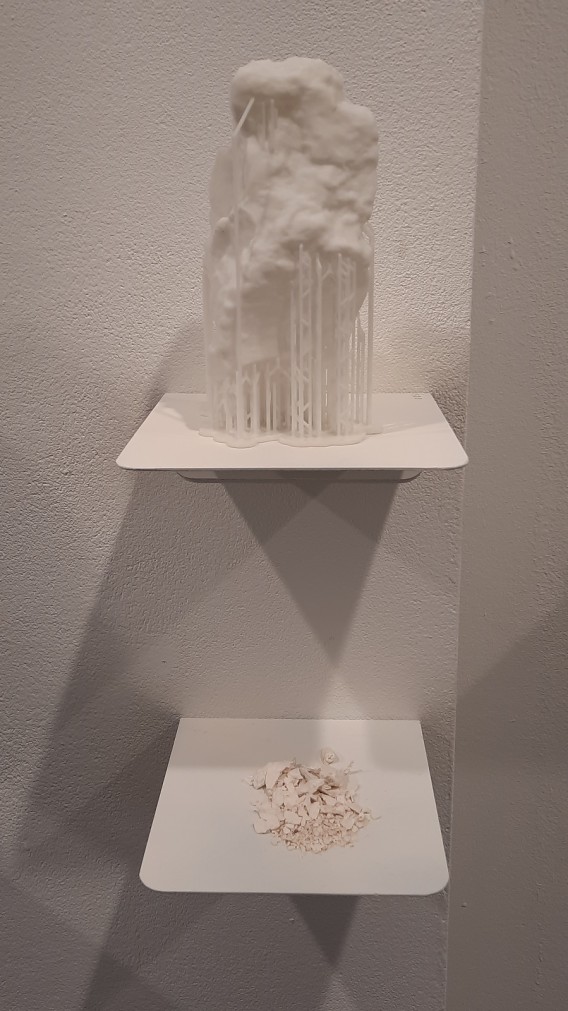Generally at exhibitions we usually find signs that say “Please don’t touch”. However, in the case of Raúl León Mendoza‘s exhibition CaSO4.2H2O, it is necessary for the public to touch and hold the works on display with their hands. Because it is not just about shapes and colors, but you must also appreciate the weight and texture of the different materials used, in particular, to distinguish the plaster referred to in the title of the exhibition CaSO4.2H2O, from the resin that It has been used in the reproduction of gypsum stone (which is the origin of the series on display) or other materials and instruments.
The aim is to revalue plaster as a material for sculpture and construction, two worlds that have always been closely linked, deepening the knowledge of its benefits. And the process followed has been: a gypsum stone has been taken, a mold has been taken from it, to make replicas of that gypsum stone with the gypsum powder obtained from its own crushing, after dehydration in the oven, and reintroduce H2O for it to set and can give rise to a new plaster stone inside the mold.
In each repetition of the process there is leftover material, as a result of the plaster losing density and increasing in volume. At the end of the series, you hold in your hands a representation of the original plaster stone that has lost weight and consistency, almost falling apart in your hands. We have before us the updating of the laws of entropy.
Furthermore, in the exhibition now at La Posta, the intermediate steps are represented by “gypsum stones” ―all of them identical in shape―, although made with resin in a 3D printer, after scanning the plaster stone that resulted from each one of the iterations. It is about documenting each of the cycles. “In this way, we want the sculptural artistic practice to symbolically approach the process of forgetting these transformation procedures that have historically allowed us to connect with the territory with which we live through the use of its nearby geological resources” (Raúl León Mendoza , in the explanation of the project that can now be seen on the La Posta website here). Natividad Navalón, in the presentation of the exhibition, described this reproduction using a 3D printer of the plaster stones that have been disappearing, as the best use that could have been given to a 3D printer.
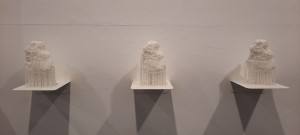
A sculptor making gypsum stones with a mold and with properly set gypsum stone powder. That comes to satisfy the hunger for reality of an audience that looked at that, on the day of the inauguration, with the bright eyes of someone who sees wonders, those that the world provides us when we stop looking at the computer screen. We can even get our hands dirty with the latest plaster stone “created” by Raúl León.
During the exhibition, a series of conferences will be held that will allow us to deepen our knowledge of gypsum, its benefits and the heritage value of all of this:
― March 1, at 7:30 p.m.: talk and conversation with Vicenzina La Spina, from the Department of Architecture and Building Technologies of the Polytechnic University of Cartagena: “Traditional plaster in Spain: its material and cultural imprint”.
― March 8, at 7:30 p.m.: talk and conversation with Andrés Millán Añón, from Millanplasol, S.L., specialists in bioconstruction: “The tradition and modernity of alabaster plaster from Teruel”.

They collaborate:
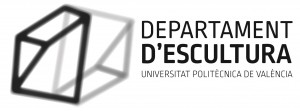
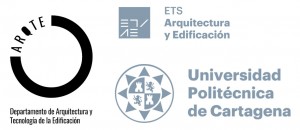
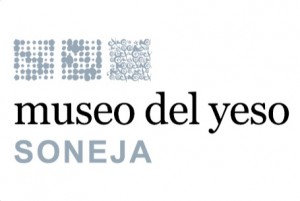
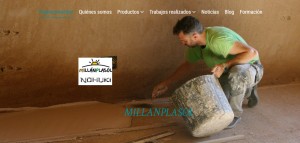
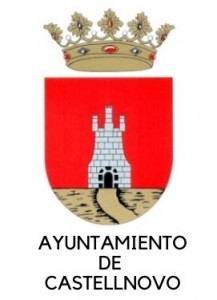

More related posts:
Learn from the stone. Presentation of the Barda del Desierto Museum (North Patagonia)

